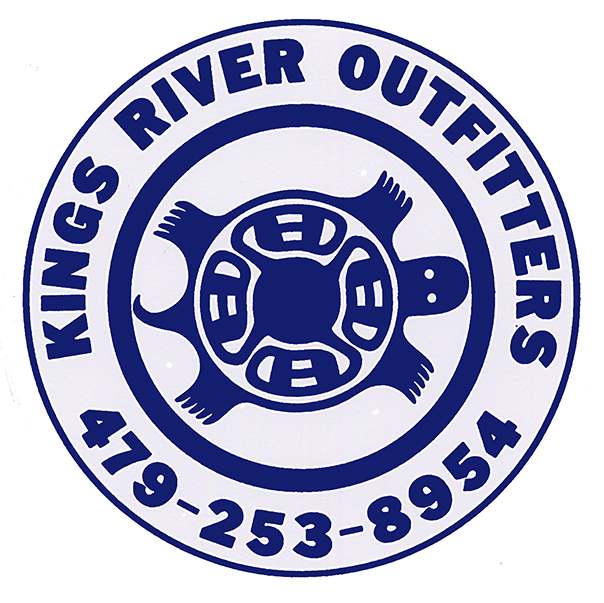Arkansas State Laws
*The Laws designated by the State of Arkansas have been set in place to keep Arkansas waterways safe and beautiful for current as well as future generations of travelers.*
The use of glass or styrofoam is prohibited within the banks of Arkansas waterways.
The presence of a PFD (personal flotation device) is required. Children under the age of 12 are required to wear their PFD at all times while floating.
Coolers and other containers used for transporting food must be secured in a way that in the event of a capsize you will not litter the river.
State regulated mesh trash bags that can be securely closed are required.
PUBLIC VS. PRIVATE WATER
"All property below the OHWM or ordinary high water mark on navigable water is public. Adjacent landowners only own the property above that mark."
"Navigable waterway" means any navigable river, lake or other body of water used or susceptible to being used in its natural condition by canoe, kayak, inner tube, or other vessel easily susceptible to swamping, tipping, or rolling and located wholly or partly within this state.
OHWM or ordinary high water mark is found by "ascertaining where the presence and action of water are so common and usual and so long continued in all ordinary years, as to mark upon the soil of the bed a character distinct from that of the banks, in respect to vegetation, as well as in respect to the nature of the soil itself."
In 1992, the Arkansas State Supreme Court expanded the definition of navigability to include recreation after a legal battle over the Mulberry River in which a landowner fought to prevent canoeists from floating the section of the river that floated through his property. The Supreme Court ruling meant that once legal access has been gained, a boater has legal easement to travel the river.



